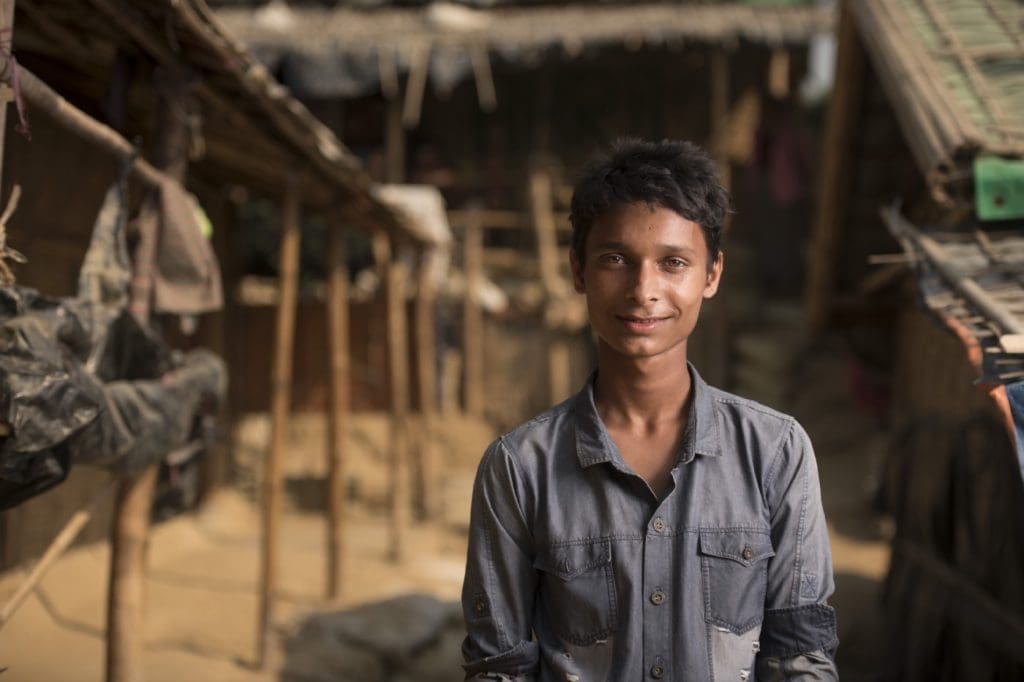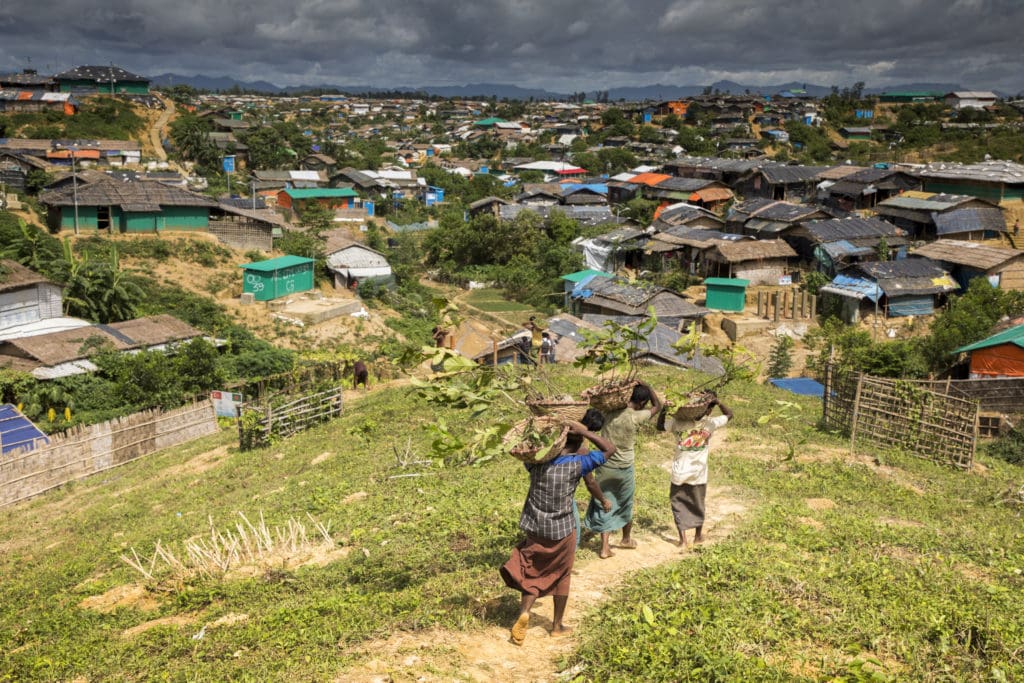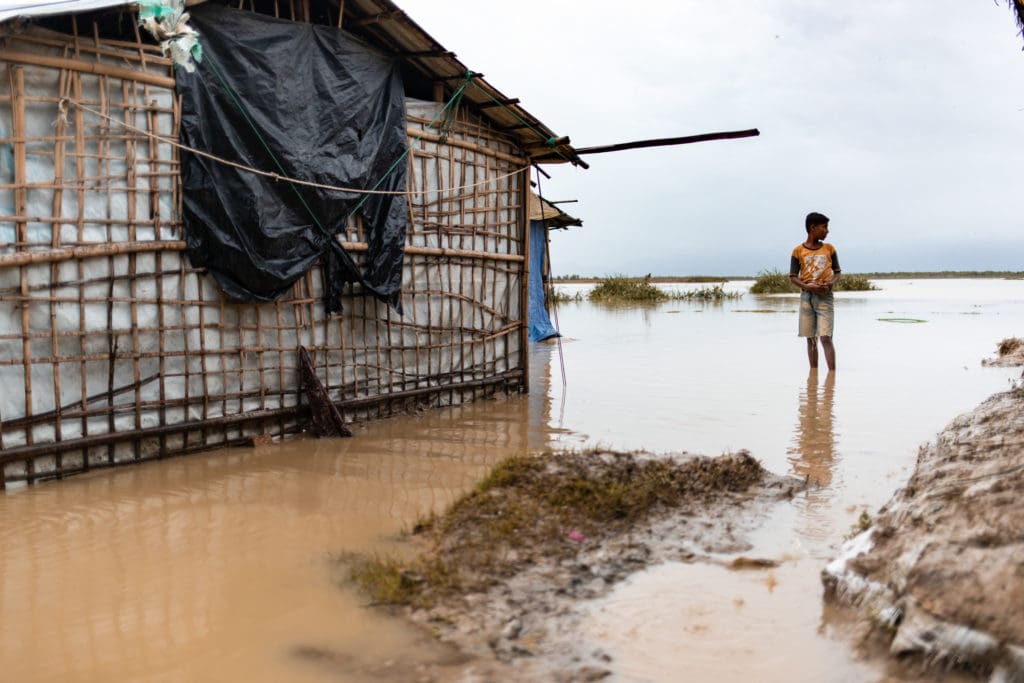
Sawyeddollah Became a Refugee at 16. He Tells His Story on World Youth Skills Day.
In honor of World Storytelling Day, we’re sharing this story from a young Rohingya activist who fled his home in Myanmar in search of a new life. Sawyeddollah has been living in the world’s largest refugee camp in Bangladesh since 2017. He’s a United Nations World Food Programme (WFP) Storyteller: part of a citizen journalism project giving young refugees the knowledge and tools they need to share their perspectives.
These are Sawyeddollah’s words.
Those who have the right to ask questions and also have a home are living human beings. Those who just have a home but can’t ask questions are living but as though they are dead. Those who can ask questions but are without a home are refugees. All over the world many people who become refugees can ask questions and stop living as though they are dead. But some people are still asking questions and not getting a life where they are fully free and alive. Being a refugee is a legal way to seek this right to an alive life. But it is not easy.
I was born in December 2000. I was a grade 11 student when I realized that I was living as though I was dead in my home in Buthidaung Township, Northern Arakan state, Myanmar. So I decided to flee to Bangladesh to save myself from dying and to seek my alive life, for it was impossible to find it by living at home.
When I started my journey to Bangladesh I found many other Rohingya people were also fleeing Myanmar for the same reason — to find their alive life. It was the rainy season when I fled, and the journey was so long. I took some food such as dried fish, rice and bananas in the hope it would be enough to last me for ten days. But there were many big mountains between my home and Bangladesh, and those mountains were soaked by rain. I faced many real difficulties to cross those mountains and I had to spend 15 days on foot.
I went hungry for four days because my food finished after 11 days. Finally I reached the border of Bangladesh and I swam across the Naf river on September 11, 2017.

This is Cox’s Bazaar, Sawyeddollah’s home since 2017.
Now I’m living here in the largest refugee camp in the world. I am very pleased and thankful to the government of Bangladesh and all the public of Bangladesh for showing kindness and allowing me to live temporarily on their land. I also thank all the aid workers for providing me the humanitarian support like the rice, oil and peas I get from the U.N World Food Programme.
I am free to pray here in peace, but in Myanmar I wasn’t allowed to. With the support of the government and humanitarian workers, I have gained access to some basic services here. I’m very happy for I can ask questions here now, but I’m upset for still not getting the answer. I’m living here just in the hope of help coming so I can get my alive life, but so far nothing or no one is supporting me to get it.

Bangladesh is highly vulnerable to natural disasters and the effects of climate change. This puts the more than 900,000 Rohingya refugees who live in Cox’s Bazar camp at risk.
In Myanmar I lived in a building, but now I’m living here on the ground with a tarpaulin roof. In Myanmar I was allowed to study, but here I can’t. I need to wait here in a queue of people to the tap if I want to bathe. I’m living in precarious conditions – especially during Bangladesh’s long monsoon and cyclone seasons; it is difficult and dangerous.
My opportunities to learn or make a living in my future are now at real risk as time goes on, and I am a stateless child caught in this difficult situation between two lands as a refugee.

Sawyeddollah outside his house with a tarpaulin roof in Jamtoli camp, Bangladesh.
The U.N. World Food Programme trained me to be a Storyteller, so I can share my story with the world. Here you can watch my video and see why I want you to hear my story from me:




